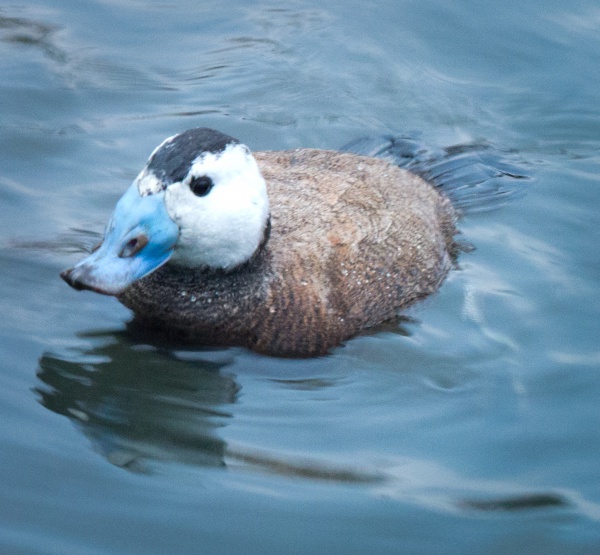Facts About White-headed duck
The white-headed duck is a small, stiff-tailed duck distinguished by its unique appearance. Males are easily identifiable with their white heads, black caps, blue bills, and reddish-grey plumage. Females, in contrast, feature darker bills and more subdued coloring.
These ducks are typically found in regions such as Spain, North Africa, Western Asia, and Central Asia. They inhabit lakes that offer both open water and dense vegetation. Excellent divers, they feed on aquatic plants and small animals.
The white-headed duck population has been declining due to habitat loss and pollution, prompting the International Union for Conservation of Nature (IUCN) to classify them as "endangered."
Adult males exhibit a striking appearance with grey and reddish bodies, blue bills, and white heads topped with black caps. Females are less conspicuous, with grey-brown bodies, white faces, and darker bills, caps, and cheek stripes. These ducks breed in large water bodies rich in aquatic plants, which provide both shelter and nesting sites. They are omnivores, primarily consuming plant matter, and prefer swimming to flying when evading danger.
The species faces endangerment mainly due to habitat loss, hunting, and hybridization with the introduced ruddy duck. Conservation efforts are underway to eradicate the ruddy duck from Western Europe to protect the white-headed duck. The species is also part of the Agreement on the Conservation of African-Eurasian Migratory Waterbirds (AEWA), and the IUCN has listed it as "endangered."

 Turkmenistan
Turkmenistan